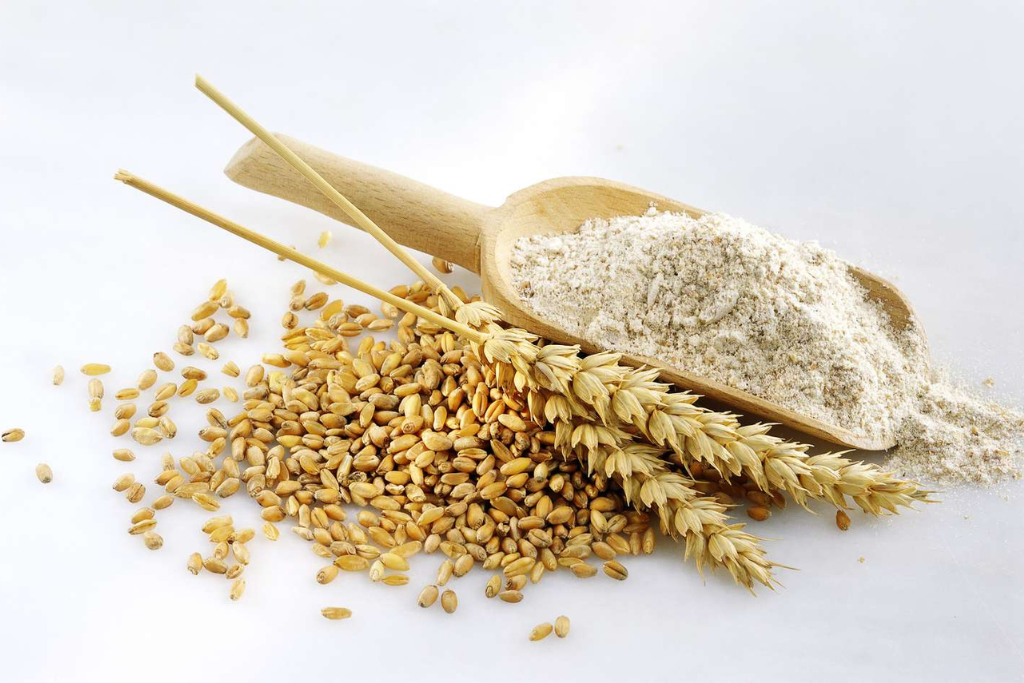Four High-Fibre Alternatives to White Flour That Will Improve the Health of Your Baked Goods
One of the nicest things about making your bread? It’s having complete control over the ingredients you use in the process, in addition to being able to eat your creation right out of the oven (and lick the bowl, of course).
As everyone knows, the one ingredient in practically every baked product is flour. However, there are a lot of flour alternatives available these days, regardless of whether you’re a straightforward baker or have been creating sweets worthy of Mary Berry for years. Of course, apart from its low nutritional content, white all-purpose flour isn’t inherently flawed. (As well as the fact that anyone with gluten sensitivity cannot consume it.)
That said, Gena Hamshaw, a registered dietitian, is all for using an alternative flour, since it can boost the nutritional value of your favorite baked goods. Here, we’ve broken down the differences between some of our favorite healthy alternative flours to make things a little easier next time you’re in the baking aisle and feel like shaking things up.
Whole Wheat Flour
Whole wheat flour is ideal for enjoying homemade bread and baked goods without sacrificing a commitment to eating whole foods. “Whole wheat flour contains all parts of the wheat berry in its whole form: bran, germ, and endosperm. This makes whole wheat flour significantly higher in fiber than white flour,” Hamshaw says. In addition to fiber, whole wheat flour is richer in protein and iron than all-purpose white flour. “I always recommend products that are sourced transparently, non-GMO, and free of artificial ingredients.”
Whole grain flour is especially nice for adding texture and nutty flavor to bread, muffins, and baked goods. If you’re new to working with whole-grain flour, try combining it with all-purpose flour and adjusting ratios to suit your needs. You can also try whole wheat flour that is sprouted, a process that maximizes the nutrition and digestibility of the ingredient, says Hamshaw.
Spelt Flour
Spelt is a pure non-hybridized, nutritious ancient grain. Spelled flour is milled from spelled berries, which are an ancient variety of wheat. “Spelt lends a subtle sweetness to baked goods, along with fiber,” Hamshaw says. It’s milder and lighter than other whole wheat flour, which makes it popular in whole-grain baking. “Some people who find wheat difficult to digest have an easier time digesting spelled, possibly because it contains less gluten than conventional wheat.” Generally speaking, spelled flour can be substituted for any recipe that calls for wheat flour. It’s also an excellent source of fiber, with roughly 19 grams of the satiating nutrient per cup.
Rye Flour
Rye is a richly nutritious, wholesome grain and is a great source of soluble fiber. “Rye flour is made from rye berries, which have a similar appearance to wheat berries but are distinct from it,” explains Hamshaw. Rye is a good source of fiber, as well as minerals like manganese, copper, and phosphorus. “Rye is also rich in phytonutrients—chemical compounds found in plants that may help fight disease and protect our bodies from the stress associated with aging.”
Rye flour is lower on the glycemic index than wheat flour, so it’s less likely to trigger a high insulin response and spike blood sugar. In addition, studies have shown that rye flour’s high fiber content can also help with blood sugar control. Choose organic sprouted rye flour if you’re looking to make sourdough bread with a complex flavor profile.
Brown Rice Flour
Brown rice flour is a good choice for those following gluten-free diets since it is naturally gluten-free and richly nutritious. “And unlike many gluten-free flours or flour blends, brown rice flour is minimally processed,” Hamshaw says. “Brown rice flour can be combined with other flours when baking or used to thicken up gravies and sauces—a great tip for preparing gluten-free meals during the holiday season!”

